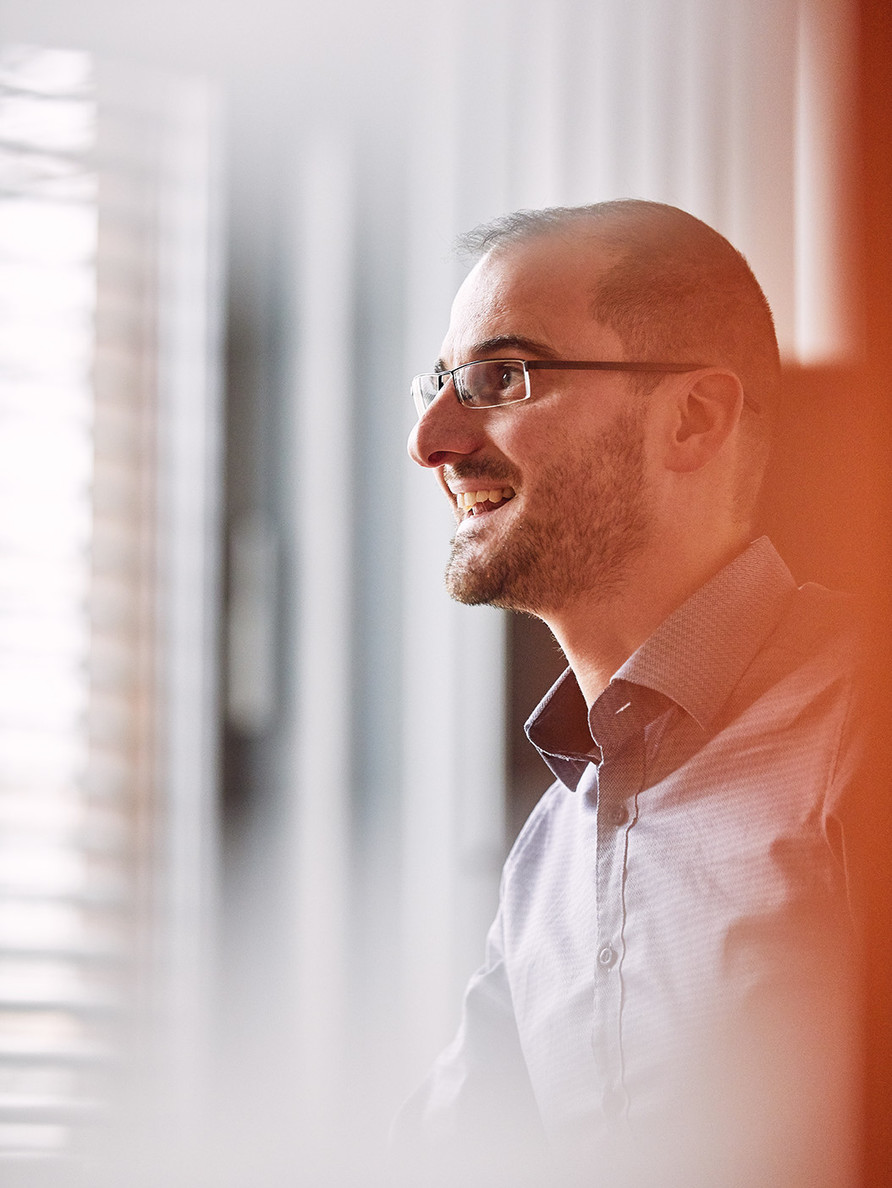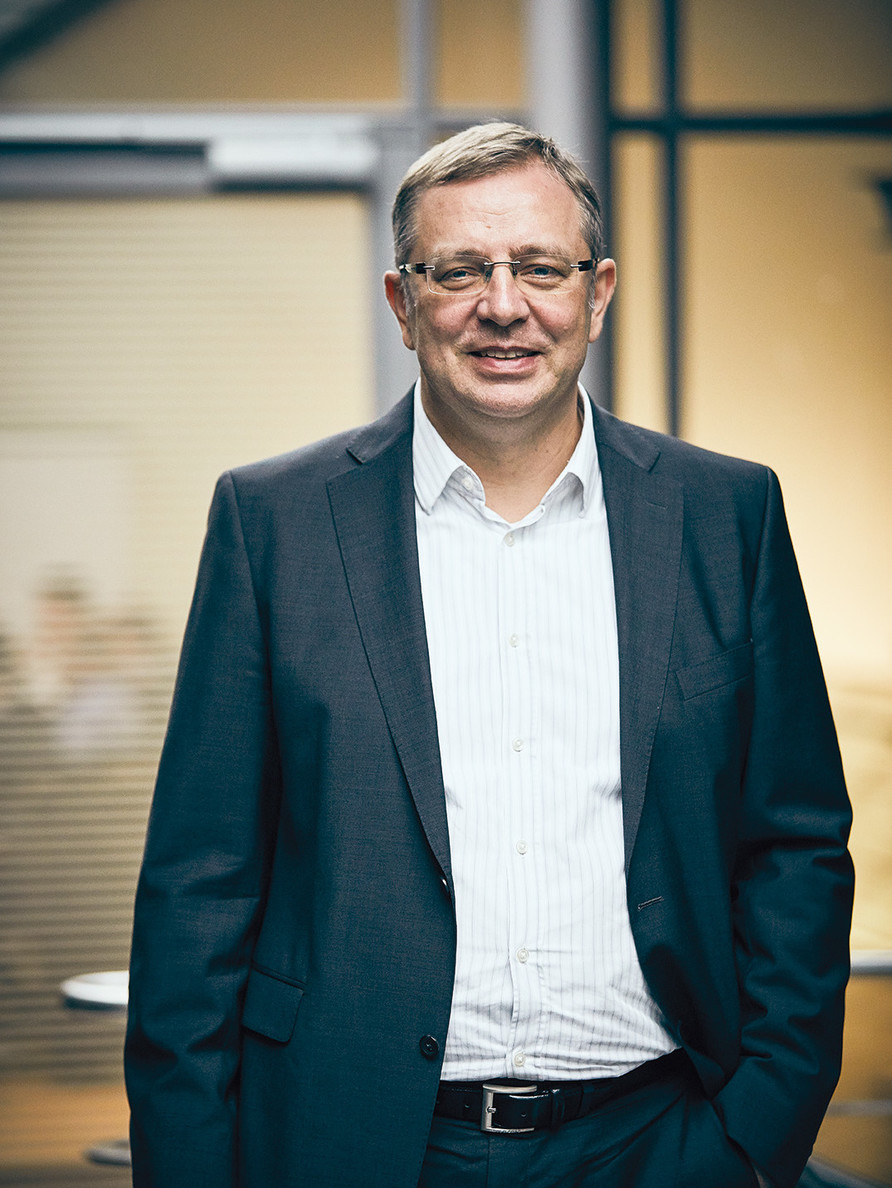
“Every chemist is a researcher at heart.”
Chemistry is everywhere and often makes life easier and. It is very well regulated too – and must continue to accomplish great things in this context. At Brüggemann, amongst others Dr. Stefan Mark and his team are responsible for ensuring that the company keeps pace with the constant changes in innovation. In 2011 he took over the management of the Research and Development department. He is sure that, “Every chemist is a researcher at heart.” As the Head of Sales of Plastic Additives, Dr. Ing. Klaus Bergmann always keeps his ear close to the customer. He not only knows what his products must be able to do to survive in the market, but he also knows how to bring special additives for plastics to the right person with the right instructions. “Brüggemann makes polymer materials fit for constantly changing technical requirements”, says Dr. Klaus Bergmann. “We typically recommend usage rates of less than 0.5 percent, which can significantly change, that is, upgrade the material and bring it to the next level of performance.”
Brüggemann’s high-performance portfolio of additives for polyamides is remarkable in the industry in terms of versatility and quality. The goal is always to be able to provide own products as a solution – preferably before the customer even realizes that he has a problem. Dr. Stefan Mark is acquainted all too well with the magic ball. What developments are on the horizon? What will be coming? Research is goal-oriented and demand-driven. “The chemistry must be correct, as must the cost and the production along with the market need. Only then does a product make sense for us.” But the Research and Development department is not just working on new product solutions. “We are also trying to get to know our existing products better and better and to solve problems with existing products. New is not always better,” says Dr. Stefan Mark. But he knows: The ultimate goal is to generate something new. That’s why development needs a lot of energy and patience It may take three to four years before a product is approved and can be sold.

Typically we deliver additive dosings in the order of magnitude of under 0.5%, but with which we can crucially change, i.e, upgrade the material and bring it up to a higher level.
Brüggemann backs a broad base of test products, of which only the best reach the next stage of development and are produced in larger quantities. Pyramidal structures: At the top are only the best. Brüggolit® FF6 M for example. The application areas for products from the field of plastic additives and industrial chemicals are numerous. There are pigments, automotive paints and anti-corrosion paints which no longer smell like paint on one side, there are high-performance thermoplastics for the demanding area under the hood on the other. Also circuit breakers, housings and connectors for the electrical industry with additives that do not interfere with electrical properties. In addition, there are superplasticizers for the concrete industry – especially in Asia where construction is booming. There are also Zinc oxides for car tires. In general, these are substances which make other materials better, more durable, more efficient and less prone to wear.
The megatrends of the future are quickly defined. With the key ideas of lightweight construction and electromobility, the automotive industry is also affecting the chemical sector. The envisaged replacement of metal with polymeric materials requires an increase in the stability of automotive parts which are made of polyamide. And polymers with more fiberglass filler that still flow well and are easy to process. An ostensible contradiction Brüggemann tries to resolve. Recycling and sustainability are also major topics in chemistry. Dr. Mark and Dr. Bergmann do not see this as a contradiction. To establish plastic as a valuable material in the true sense, which – once recycled – can be completely reused: This goal drives Brüggemann forward. Ecological issues of the future can only be implemented with intelligent chemistry. Of this, Dr. Klaus Bergmann is sure.